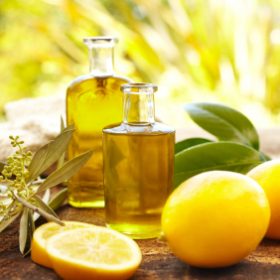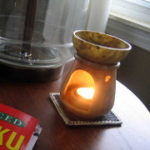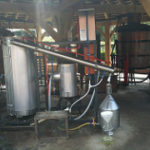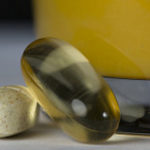In aromatherapy Lemon essential oil has an amazingly wide range of uses. The lemon conjures up images of freshness and cleanliness and sunshine and lemonade. Storage of essential oils is important. Oils come in dark coloured glass bottles (amber, or blue or green) and should be stored away from sunlight and heat. Calm a stomachache or relieve nausea. Add a couple of drops of Peppermint essential oil to a little bit of carrier oil and rub clockwise on the tummy. Essential oils are considered to be an important part of the plant’s metabolism: some have hormonal activity and others are a stage in some other process, e.g.: the oil found in the rind of the orange is a stage in Vitamin A synthesis. Organic essential oils are manufactured from plants and herbs that have been grown without pesticides. Organic farming coexists with the natural systems rather than dominating them. Essential oils are produced in different ways. Most are produced by distillation (steam distillation). Distillation is a process of separating liquids of different vapor pressure.
When we first decided to create recipes with a smaller number of oils we tested three, four, five and six Essential Oil blends and found that five oils give you the most versatility and best value for money. Though referred to as oil, essential oils in aromatherapy do not give that oily feeling. Except for a few oils such as patchouli, orange and lemongrass, most oils are clear and see-through. For soap-makers, especially one that may not have a lot of experience, sometimes fragrance oils can be a bit more aggravating than an essential oil during the soap-making process. Essential oils are derived from almost every part of the plant. Leaves, stems, flowers, roots, etc are distilled through steam or water to result into essential oils. Never put an essential oil undiluted on your skin unless you are absolutely certain that it is safe to do so. For example, lavender (lavandula augustifolia) essential oil and tea tree (melaleuca alternifolia) essential oil. Natural aromatherapy essential oils represent a high concentration of vegetative extracts derived by evaporation or extraction from flowers, berries, seeds, roots, bark or citrus dried peels.
Essential oils may come from any number of various plants and plant parts. Common plant parts from which essential oils are extracted, include: flower pedals, seeds, stems, leaves, roots and even bark.Different essential oils product different effects on the nervous system such as energizing, calming, soothing, headache reliever, balancing, insomnia, etc. Nowadays, organic essential oils have becoming increasingly popular. Organic essential oils are manufactured from organically grown plants. Fragrant aroma of the oil also balances electrical frequencies of the brain and, thus, prevents diseases. The GC/MS is the most important tool for identifying and analyzing volatile oils. It helps to ensure that the oils meet high-quality standards and are a hundred percent pure. Tests to analyze the components of oils should also be conducted. Each essential oil has a different effect and can be used either alone or in combination to produce the desired effect. Different people have different reactions to the same aroma.
Read about fashion tips Also read about make your skin glow and care for curly hair










Leave a reply